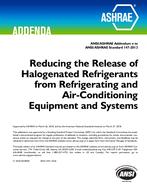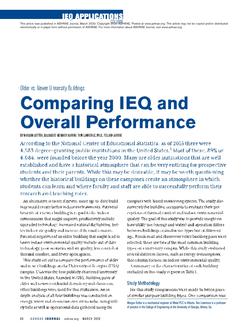A comprehensive curricular program in heating, ventilating and air-conditioning design should include the following elements:
1. basic principles including thermodynamics, heat transfer and psychrometrics
2. equipment technology including operation and maintenance
3. system design theory
4. integrated systems performance simulation techniques.
Few programs of this type currently exist because the content is too extensive for inclusion in four year undergraduate programs. Also, most graduate level programs emphasize advanced theory courses rather than advanced design courses. The result is that the typical mechanical engineering graduate (even at the master’s level) is well versed in anlaysis but has an inadequate background in technology, design, and systems performance simulation techniques. In an effort to respond to this need, a comprehensive program in HVAC education at the undergraduate and graduate levels has been initiated at a North Carolina university. The courses and laboratories are designed to cover the four major elements listed above. Course outlines and descriptions of laboratory experiments are included in this paper.
Units: Dual
Citation: Symposium, ASHRAE Transactions, 1988, vol. 94, pt. 1, Dallas, TX
Product Details
- Published:
- 1988
- Number of Pages:
- 11
- File Size:
- 1 file , 4.6 MB
- Product Code(s):
- D-DA-88-28-2


